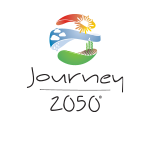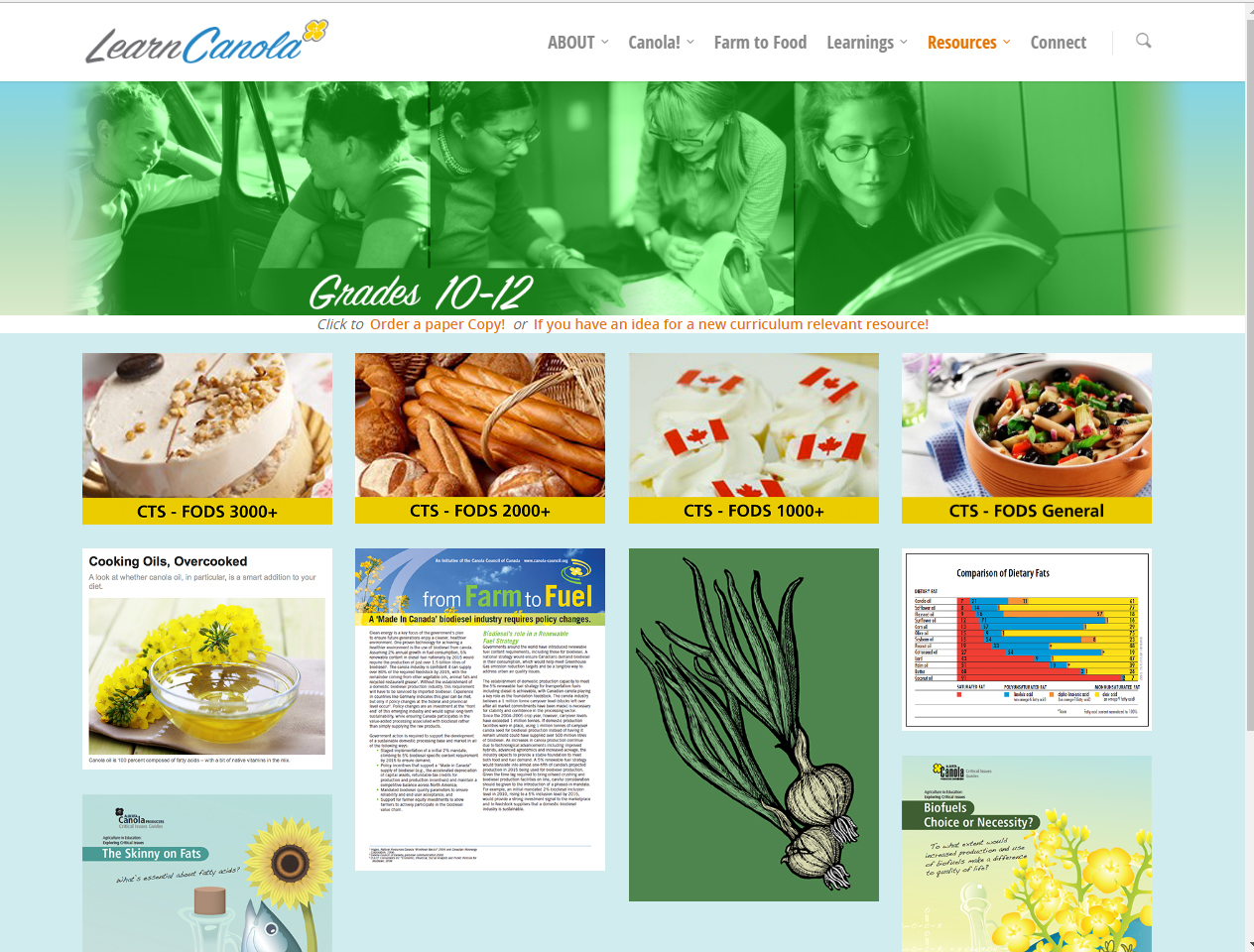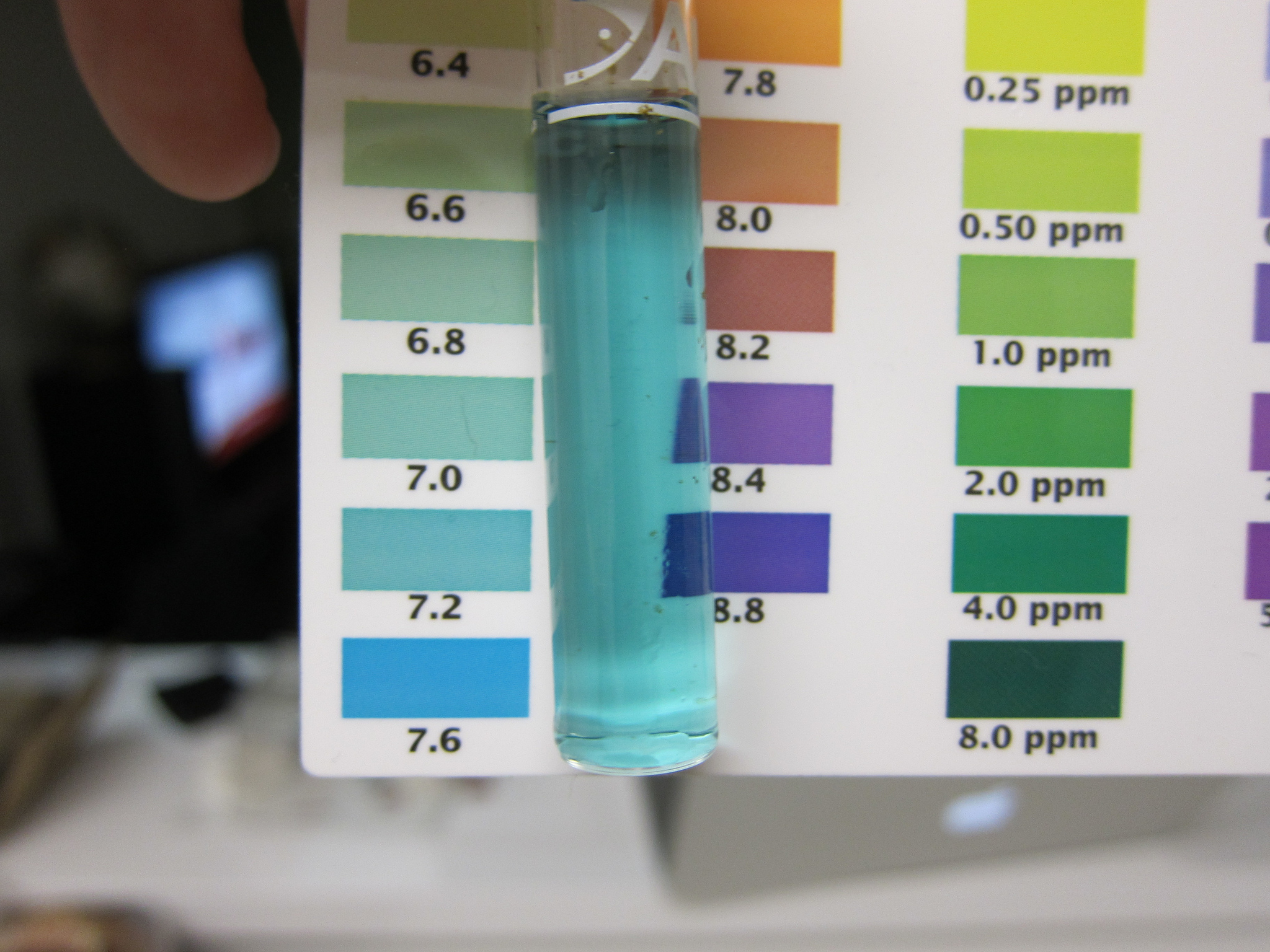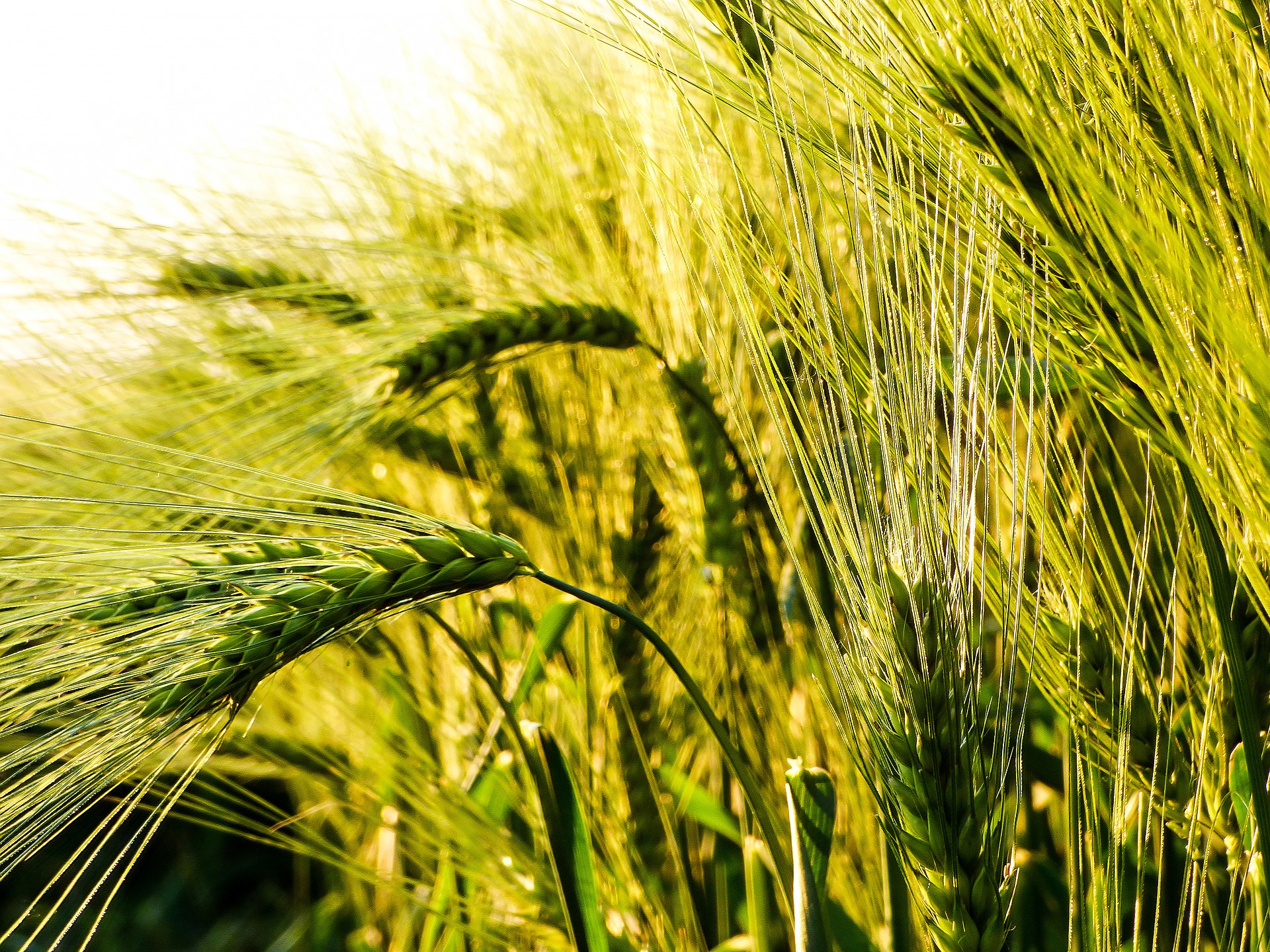Learn About Canola_Grade 10 to 12
Canola was first developed in Canada; hence, the name ‘Can’ stands for Canada and ‘Ola’ stands for Oil.
Use these FREE, curriculum-based resources to learn about a leading oil seed that produces food for us, feed for livestock and fuel for our vehicles!







